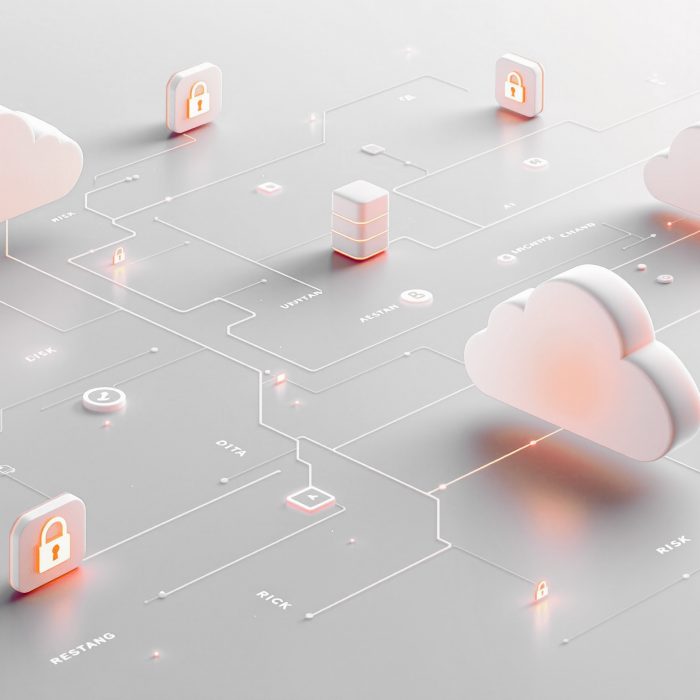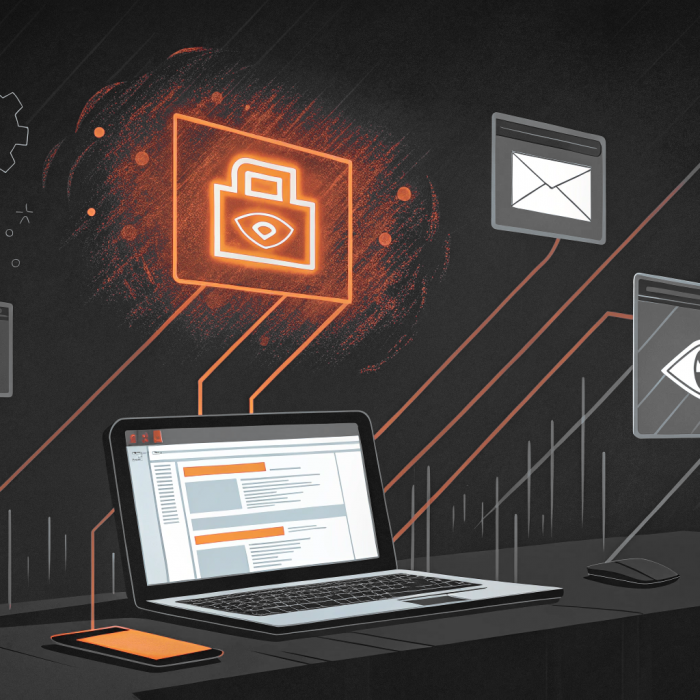The digital ecosystem of today, ever expansive and interconnected, faces a mounting wave of cyber threats, among which ransomware stands out due to its devastating impact on both operations and finances. A stark example of this menace unfolded in May 2024, when CDK Global, a leading provider in automotive commerce technology, suffered a sophisticated ransomware attack. This blog delves into the nuances of the attack, its economic repercussions, and emphasizes the imperative of robust cybersecurity practices.
The Anatomy of the CDK Global Ransomware Attack
CDK Global’s incident commenced with an intricately designed spear-phishing campaign, exploiting the human element of cybersecurity. The attackers meticulously crafted emails that mimicked legitimate communications, deceiving employees into downloading malicious attachments or entering credentials into compromised websites.
- Infiltration: Initial access was gained through these phishing efforts, which allowed the attackers to plant malware on the network.
- Lateral Movement and Escalation: Utilizing the initial foothold, the attackers exploited internal vulnerabilities to move laterally across the network, escalating their privileges to gain deeper access.
- Encryption and Exfiltration: The climax of the attack saw the deployment of ransomware, encrypting critical data across multiple servers and extracting sensitive information, setting the stage for extortion.
Quantifying the Impact
The CDK Global attack is not just a tale of technological breach but a forewarning of the extensive financial losses that can ensue:
- Direct Costs: Immediate costs included the ransom payment (if paid), emergency cybersecurity measures, legal fees, and fines for potential compliance violations.
- Operational Downtime: The disruption of normal operations led to significant losses in productivity and revenue, as sales and service provisions were halted.
- Reputational Damage: Perhaps the most insidious of losses, the damage to trust and customer loyalty can have long-lasting financial implications.
- Incremental Recovery Costs: Long after the initial incident, costs continue to accrue, including IT overhauls, increased insurance premiums, and ongoing monitoring to prevent future incidents.
Exploring Systemic Vulnerabilities
- Outdated and Unsupported Systems: Analysis suggests that CDK Global relied partly on legacy systems with known vulnerabilities that hadn’t been patched or updated, providing easy targets for attackers.
- Inadequate Encryption Practices: Critical data was insufficiently protected, both at rest and in transit, facilitating unauthorized access and exfiltration by the attackers.
- Deficient Access Controls: The breach highlighted significant gaps in access management, with excessive user permissions and inadequate segregation of duties enabling widespread network access once the attackers were inside.
Implementing Robust Cybersecurity Measures
To fortify defenses against such formidable threats, organizations must adopt a layered security approach:
- Regular Updates and Patch Management: Ensuring that all systems are up-to-date with the latest security patches is crucial to defend against known vulnerabilities.
- Enhanced Endpoint Security: Deploying advanced endpoint detection and response (EDR) solutions can help identify and mitigate threats before they escalate.
- Comprehensive Employee Training: Educating employees about cybersecurity best practices and common attack vectors like phishing can significantly reduce the risk of initial compromise.
Admin By Request: Enhancing Cybersecurity with Zero Trust
In the wake of the CDK Global attack, organizations are urgently reassessing their cybersecurity frameworks. Admin By Request introduces a critical layer to this defense through its Zero Trust Platform, specifically tailored to prevent similar cyber threats.
- Privileged Access Management (PAM): The solution offers robust control over privileged accounts, a frequent target in ransomware attacks. By limiting privileged access and monitoring its use, Admin By Request ensures that critical resources are only accessible to authenticated users under strict conditions.
- Threat Detection and Response: Leveraging OPSWAT ‘s MetaDefender Cloud API, the platform detects anomalies and potential threats by scanning all files executed with 35+ antimalware engines. This immediate response capability is vital in mitigating the impact of an attack, preventing the spread of ransomware.
- Automated Compliance and Reporting: Beyond protecting against attacks, Admin By Request aids organizations in maintaining compliance with industry regulations, which is crucial for avoiding legal penalties and reputational damage. Automated logs and reporting tools simplify audit processes and ensure transparency.
Implementing Admin By Request
For organizations looking to bolster their cybersecurity posture, integrating Admin By Request’s solutions offers a proactive approach to managing and neutralizing threats. It not only enhances security but also aligns with best practices for digital safety in today’s interconnected world.
By adopting Admin By Request, companies can significantly mitigate the risks highlighted by the CDK Global case, ensuring robust protection against the ever-evolving landscape of cyber threats. For more information on how Admin By Request can secure your digital assets, visit our website at adminbyrequest.com.






